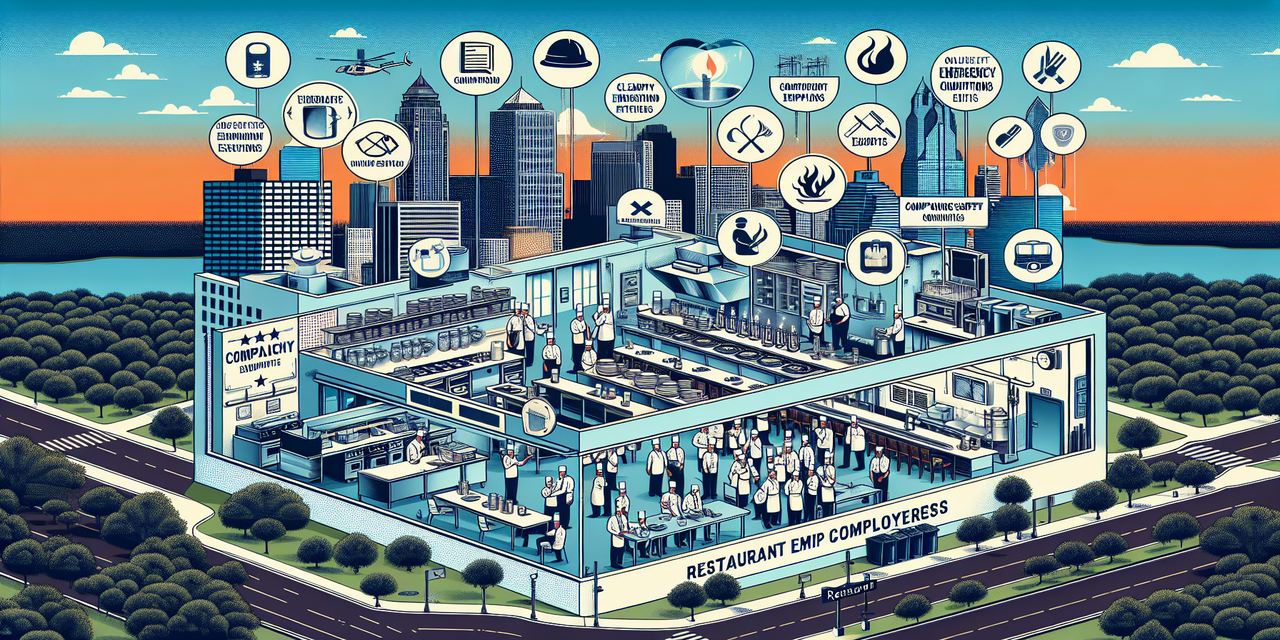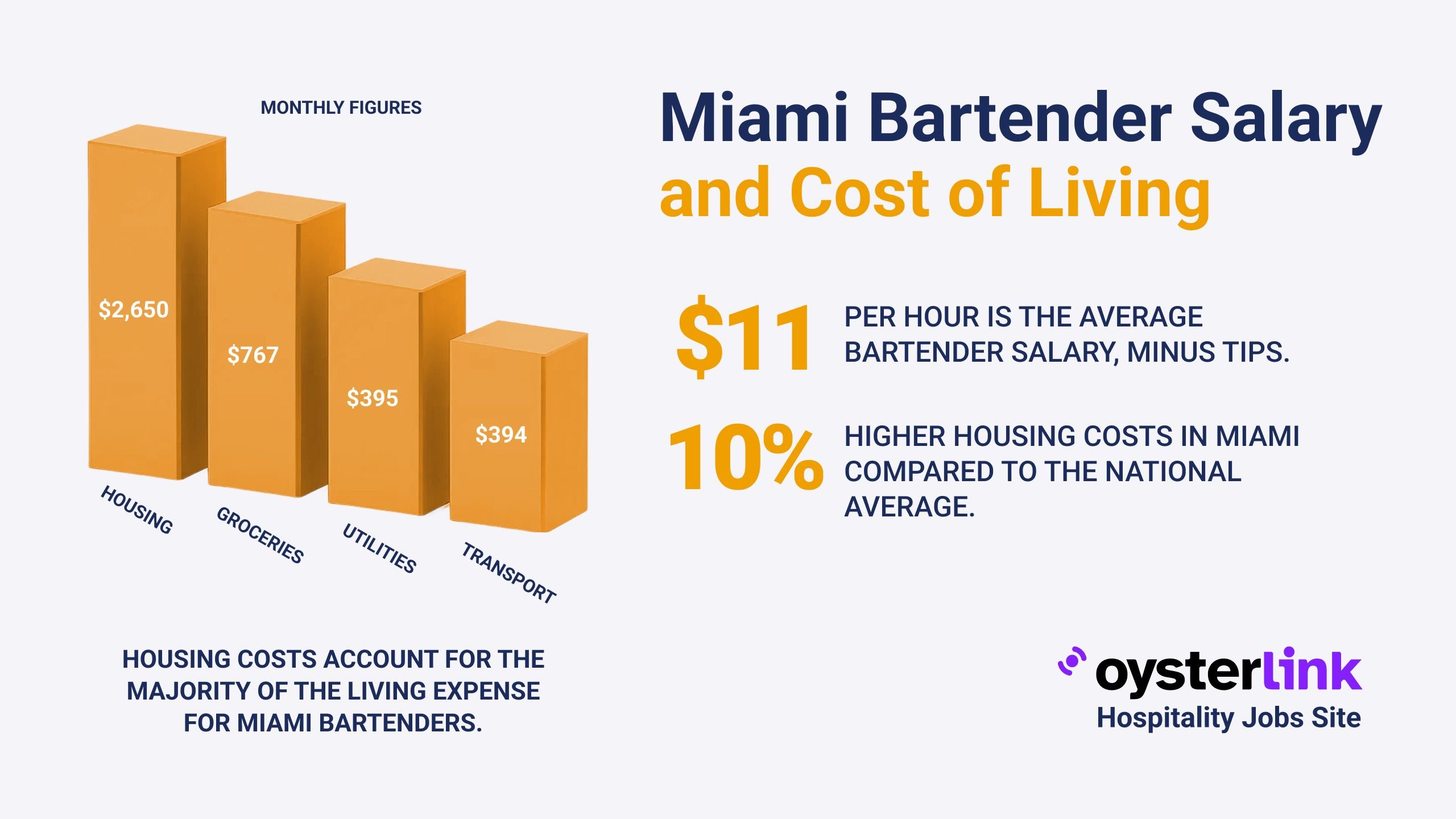Texas OSHA Compliance Checklist for Restaurant Employers: Key Takeaways
- Restaurants must maintain clear walkways, effective fire safety equipment, and proper chemical handling to meet OSHA standards.
- Regular training on personal protective equipment (PPE) and emergency protocols is crucial to ensure employee safety.
- Recordkeeping and timely incident reporting are required to comply with OSHA regulations and avoid penalties.
Ensuring restaurant OSHA compliance in Texas protects workers and customers while minimizing regulatory risks.
This checklist guides employers to maintain safety and meet state and federal requirements.
1. General Safety Requirements for Texas Restaurants
Maintaining a safe environment starts with basic housekeeping and safety measures.
All walkways and aisles must be kept free of obstructions and clearly marked to prevent slips, trips, and falls. Spills should be cleaned immediately, with appropriate wet floor signs displayed to warn employees and patrons.
Emergency exits need to be unobstructed, well-lit, and clearly marked so employees and customers can evacuate quickly in case of an emergency.
Restaurant employers can benefit from learning more about restaurant staff hiring strategies to maintain a well-prepared team for safety compliance.
2. Fire Safety in Texas Restaurants
Fire safety is paramount in any restaurant setting due to the presence of open flames and flammable materials.
Fire extinguishers should be installed in accessible locations, inspected monthly, and employees trained on their proper use.
Kitchens must have functioning automatic fire suppression systems above cooking equipment. Regular maintenance is essential to ensure these systems operate effectively.
Flammable materials must be stored safely away from heat sources and open flames to minimize fire risks.
For managers, understanding key aspects of restaurant kitchen fire safety can prevent potential disasters.
3. Electrical Safety for Texas Restaurant Employers
Proper attention to electrical systems reduces hazards significantly.
Regular inspections of electrical outlets, cords, and appliances are necessary to identify and repair any damage.
Extension cords should be used only temporarily and never daisy-chained, as this can cause electrical hazards or fires.
4. Kitchen Equipment and Hot Surface Safety
Kitchens contain many potential hazards from hot surfaces and machinery.
Stoves, ovens, and fryers require scheduled cleaning and maintenance to prevent malfunctions or accidents.
Safety guards or shields should be present on slicers, mixers, and grinders to protect employees from injuries.
Employees handling hot items must use protective gear such as oven mitts or heat-resistant gloves to prevent burns.
Restaurant employers looking to attract skilled kitchen staff should explore how to hire reliable kitchen staff for safer kitchen operations.
5. Chemical Safety for Texas Restaurant Workplaces
Proper chemical management is essential to protect workers and food safety.
All cleaning chemicals must be clearly labeled and stored in their original containers, away from food and food-preparation areas.
Current Safety Data Sheets (SDS) should be maintained for each chemical used and kept accessible to all staff.
Employees need training on safe chemical handling, including mixing procedures and emergency response in case of spills or exposure.
6. Personal Protective Equipment (PPE) in Texas Restaurants
Providing and enforcing the use of PPE helps minimize workplace injuries.
Employers should supply appropriate PPE such as gloves, aprons, and non-slip shoes and ensure employees use them correctly.
Training should emphasize proper use, care, and maintenance of PPE to maintain effectiveness.
Effective personal protective equipment policies and training can be supported by resources on restaurant HR policies.
7. Food Handling and Sanitation Compliance
Food safety is integral to OSHA compliance and public health.
Handwashing stations must be fully stocked and operational to support hygiene.
Food-contact surfaces require regular cleaning and sanitation.
Temperature monitoring and logging for food storage and preparation should be consistent to prevent foodborne illnesses.
8. Recordkeeping and Reporting Requirements for Texas Restaurants
Accurate recordkeeping and timely reporting are critical under OSHA rules.
Work-related fatalities must be reported within eight hours, while hospitalizations, amputations, or eye losses require reporting within 24 hours.
Employers must maintain records of serious injuries and illnesses at the worksite for at least five years and post annual summaries from February through April for employee review.
Restaurant managers looking to improve their skills can find helpful tips in the restaurant manager interview questions section.
9. Employee Training for OSHA Compliance in Texas Restaurants
Consistent and comprehensive training helps prevent workplace hazards.
Employees should receive instruction on potential hazards, safe equipment operation, emergency procedures, and chemical handling.
Emergency response training must include evacuation routes and proper use of fire extinguishers.
Employers can improve workforce readiness by using server training manual templates to help train front-of-house staff effectively.
10. Housekeeping Best Practices for Texas Restaurant Safety
Maintaining a clean and orderly workplace reduces risks.
Promptly addressing spills and properly managing waste prevents accidents and contamination.
Tools and equipment should be stored safely and accessibly to avoid trips and facilitate efficient work.
Employers seeking to hire effective housekeeping staff may find the housekeeper hiring guide valuable.
Valuable Resources for Texas OSHA Compliance
For detailed information and assistance, restaurant employers can consult these official sites:
- OSHA Recordkeeping Requirements (Texas Department of Insurance)
- OSHA Compliance Assistance for Small Businesses (Texas Department of Insurance)
- OSHA General Industry Standards
Texas OSHA Compliance Checklist for Restaurant Employers: Conclusion
By following this comprehensive OSHA compliance checklist, Texas restaurant employers can create a safer workplace for their employees and patrons.
Adhering to safety standards, conducting regular training, maintaining proper records, and addressing hazards promptly help minimize accidents and legal risks.
Maintaining OSHA compliance not only protects workers but also fosters operational continuity and a positive business reputation.
Restaurant owners interested in building the best team may benefit from insights on how to hire restaurant staff fast.


.png)

.png)
.jpg)